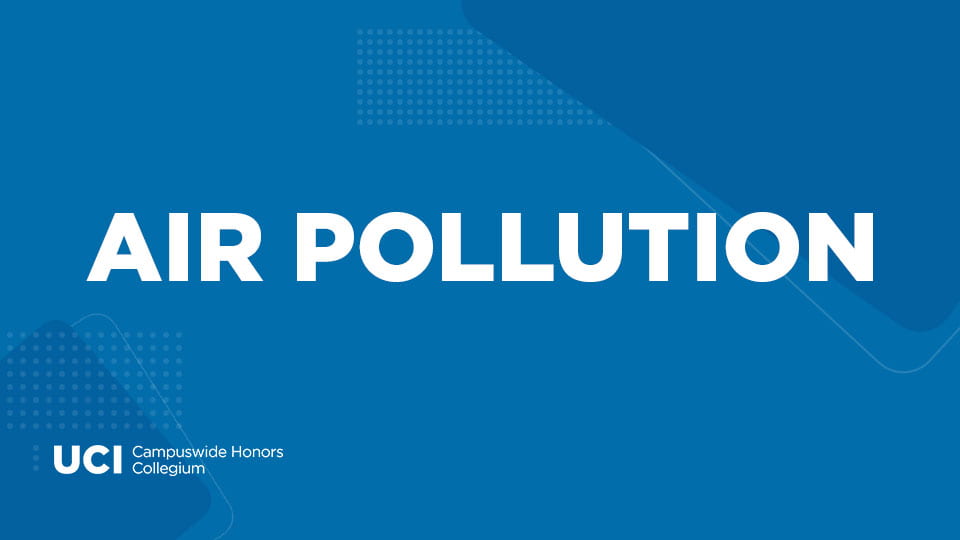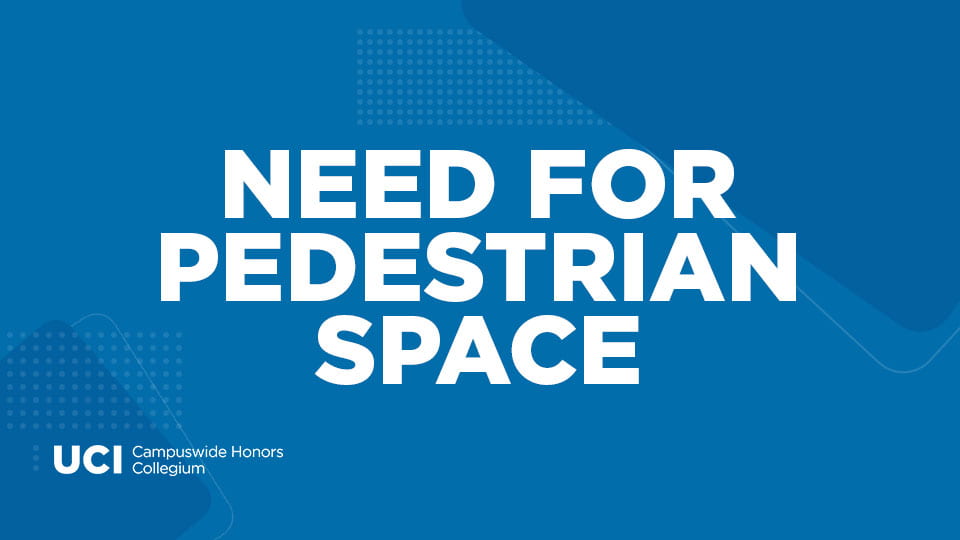Gentrification in Boston, MA
Abstract
Original residents of Boston, Massachusetts are under threat from high levels of gentrification. North and West Boston, home to a rich Italian immigrant community, face threats of displacement with the influx of outside businesses, private developers, and redlining. Alternatively, the driving force behind gentrification within East and South Boston is climate change and green gentrification: efforts to create flood resistant luxury buildings and parks have driven up the cost of living. Thus, solutions to gentrification must be sensitive to the unique issues each area faces. Potential solutions for gentrification in North and West Boston lie heavily on changing tax codes: specifically, raising taxes on new, incoming big businesses (such as chains) and using this revenue to invest in education of local youth, established local small businesses, and affordable housing (both the development of, and especially the upkeep of the current) to ensure that Boston keeps a significant part of their culture. To combat gentrification in East and South Boston, city officials must encourage active participation in green infrastructure planning meetings by offering climate education to residents. Development of green infrastructure must result from neighborhood resiliency planning rather than planning only private, luxury, climate resilient developments. City planners and officials should be prepared to look to and encourage nonprofits (such as Green Roots or Boston Harbor keepers) to help citizens educate themselves and get involved with voicing and addressing the issues in their communities. In essence, more investment needs to be placed on the people and original residents of Boston and ensuring that new infrastructure is available for everyone, not just the wealthy.



